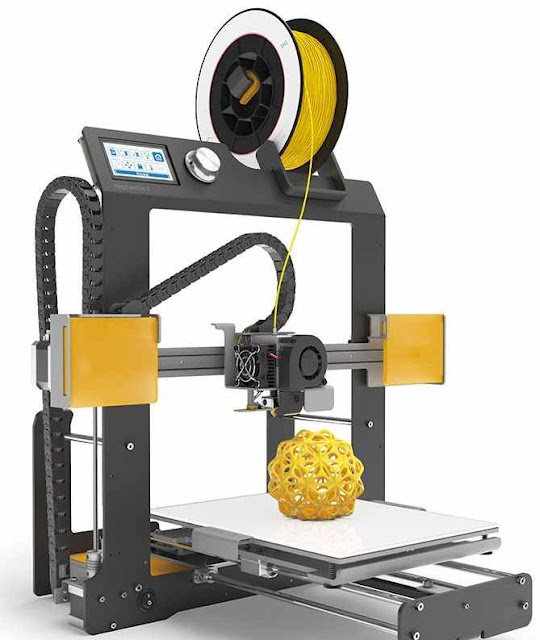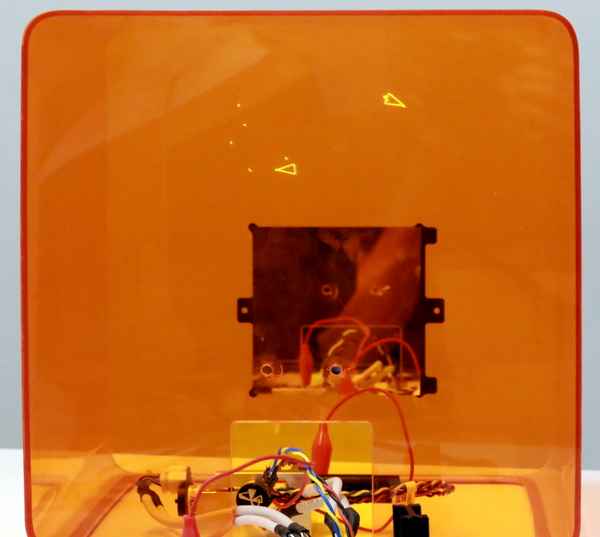As I live near Danube and Drava (Drau) rivers in Croatia I wanted to explore possibilities to measure environmental data and make them publicly available. As I searched around for DIY or open source sensor projects I found this one which wants to develop open source ocean weather buoy with 3d printable hull. It looks like the project development is in some kind of pause but the idea behind it looks solid and one can get many useful details out of it.
The sensor pack sphere is made from two 3d printed parts, one can be transparent if you want to have small solar photo-voltaic cell power source. There is also a pressure equalization valve installed since the internal pressure changes due to water pressure, temperature and movement so it allows air to to move but prevents water from entering.
My plan is to cooperate with local HackLab and Croatian, Hungarian and Serbian environmental NGOs and see if we can use it to track river water data (temperature, flow, pH, UV radiation, noise, particles etc). I'll still need to research some low cost water quality sensors. If we deploy few of them in Danube they could even reach the Black Sea.
Buoy in scale to human hand, you can clearly see the antenna for cellular or data connection. It could probably be used for different bands if you use it in open waters, there are many low power solutions even with satellite communications and Arduino.
Buoy modules and parts overview:
Early prototype:
Project homepage with development blog and .STL files:
https://opensourceoceanweatherbuoy.wordpress.com/
The sensor pack sphere is made from two 3d printed parts, one can be transparent if you want to have small solar photo-voltaic cell power source. There is also a pressure equalization valve installed since the internal pressure changes due to water pressure, temperature and movement so it allows air to to move but prevents water from entering.
My plan is to cooperate with local HackLab and Croatian, Hungarian and Serbian environmental NGOs and see if we can use it to track river water data (temperature, flow, pH, UV radiation, noise, particles etc). I'll still need to research some low cost water quality sensors. If we deploy few of them in Danube they could even reach the Black Sea.
Buoy in scale to human hand, you can clearly see the antenna for cellular or data connection. It could probably be used for different bands if you use it in open waters, there are many low power solutions even with satellite communications and Arduino.
Buoy modules and parts overview:
Early prototype:
Project homepage with development blog and .STL files:
https://opensourceoceanweatherbuoy.wordpress.com/




















































